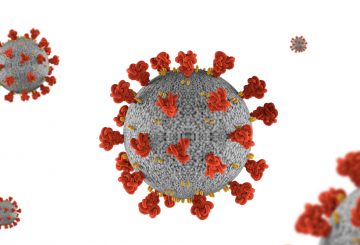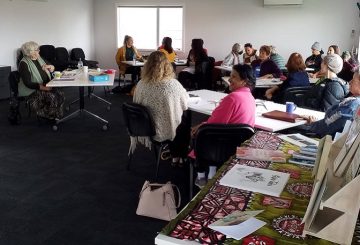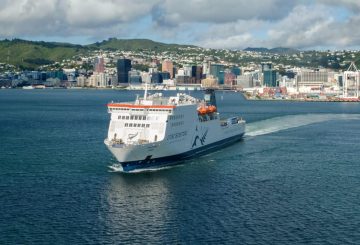유전체학 및 기계 학습 알고리즘의 발전으로 우리는 맞춤형 예방 의료의 현실에 한 걸음 더 다가가고 있습니다.새로운 바이러스가 빠르게 확산되는 시나리오를 상상해 보십시오.백신을 신청하면 타액 샘플을 채취할 수 있는 바이알이 발송됩니다.분석을 마치면 개인의 유전학, 연령, 성별 및 기타 요인에 따라 어떤 특정 백신이 가장 적합한지 알 수 있습니다.정밀 예방이라고 알려진 이 개념은 2003년 인간 게놈의 해독을 통해 가능해졌습니다.
예를 들어 뉴질랜드에는 유전체 염기서열 분석 기계와 유전자 건강 서비스를 포함하는 신생아 검진 프로그램이 있습니다.이러한 프로그램의 확대와 인공 지능 및 기계 학습의 활용은 공공 의료 서비스 제공 방식을 변화시킬 것입니다.그러나 이러한 발전으로 인해 개인의 선택, 개인 정보 보호 및 건강 정보 보호에 대한 우려도 제기되고 있습니다.
정밀 예방에는 광범위한 집단이 아닌 개인에 맞게 공중 보건 조치를 조정하는 것이 포함됩니다.이는 유전자, 생애사, 환경 등 다양한 변수와 나이가 들어감에 따라 변화하는 위험의 균형을 유지함으로써 달성됩니다.소셜 미디어 및 웨어러블 기기와 같은 출처에서 수집한 데이터는 개인에 맞는 의료 예방 조치를 취하도록 알고리즘을 학습하는 데 도움이 됩니다.
인공 지능과 머신 러닝은 현재와 미래의 건강 상태를 놀라울 정도로 정확하게 예측하여 질병을 예방할 수 있습니다.하지만 극복해야 할 과제도 있습니다.예를 들어, 디지털 리터러시와 온라인 액세스 장벽을 줄일 필요가 있습니다.또한 대형 AI 모델은 상당한 양의 이산화탄소를 배출하기 때문에 AI는 환경에 상당한 영향을 미칩니다.
또한, 특히 어린이와 소외된 지역사회의 경우 프라이버시와 선택권을 유지해야 합니다.정밀 의료를 통해 의료 시스템의 재정적 부담을 줄일 수 있지만, 기계 학습 알고리즘이 일상 생활에 포함되기 전에 기계 학습 알고리즘에 대한 더 많은 공적 교육과 인식이 필요합니다.





























































